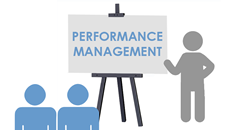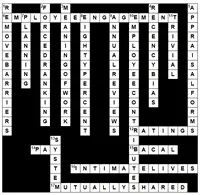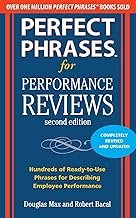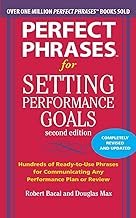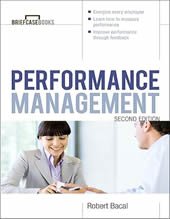Implications Of System Thinking for Your Performance Reviews
The most important implication for conducting performance reviews is this: if your goal is to improve performance and the ability of your employees to contribute to the company goals and the goals of your work unit, you must pay attention to barriers to performance that originate with the employee and the system in which the employee works. You also need to be aware that the system and the employee interact to produce performance, so that employees in the same job who are equally skilled may produce differently because the system variables affect each of them differently.
There are some other important implications to consider.
Since performance is about contribution and not just behavior, you need to conduct your performance reviews by talking about both the employee’s performance and contributions and behaviors the employee exhibits to deliver that performance and make those contributions.
Figure 3-1 is a very simple diagram to remind you of how the elements are interrelated.

If you’re using performance review information to determine promotions and whether an employee will be retained or let go, keep in mind that each employee’s performance is influenced by his or her own skills and abilities, but also strongly affected by the system in which he or she works. Sometimes it’s worth asking the question, “Can this employee’s value be increased if we make some minor changes in the environment in which he or she works?”
Understanding performance in a broad sense opens the door to real problem solving that can be done with the employee. Since we no longer focus primarily on the employee’s behavior but also look at the environment, that we are much more likely to identify barriers to performance we would never find if we focused only on the employee’s individual characteristics.
For example, an employee who appears less able might benefit from more supervision or less. Look below the surface before making important decisions that affect people’s lives.
Advantages of Looking at Performance Broadly
Once you’ve committed to the broader view of performance outlined here and once you’ve explained it so your employees understand it, it profoundly changes the discussions and interactions in performance reviews. For example, rather than look at what the employee has done or not done in the past year (looking solely at behavior), you can look at the employee’s contributions, then backtrack to behavior and individual variables. If this is done properly, it makes the employee far less defensive, since the beginning focus is on the company’s goals and the work unit’s goals.
In a business sense, this perspective is also much more useful. The cold, hard fact of business is that employees who do not contribute to the achievement of the company’s goals become liabilities regardless of how they behave or their skills and abilities. Therefore, focusing on contribution makes the performance review process an important strategic business tool.
Finally, understanding performance in a broad sense opens the door to real problem solving that can be done with the employee. Since we no longer focus primarily on the employee’s behavior but also look at the environment, that we are much more likely to identify barriers to performance we would never find if we focused only on the employee’s individual characteristics.
That makes the review process incredibly valuable as business tool and relevant to managers and employees.
